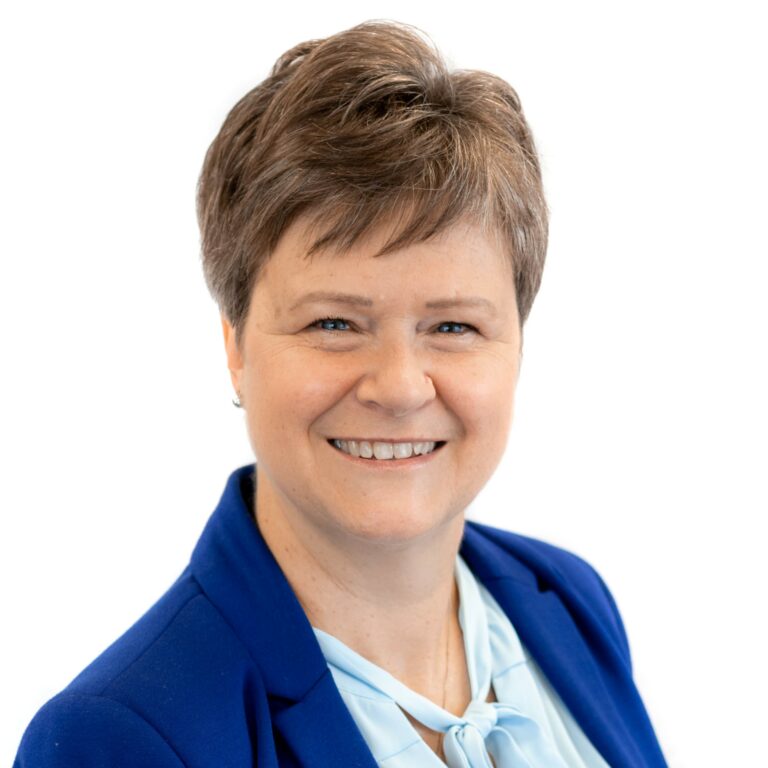Do you often find yourself saying “starting Monday,” “I’ll start next month,” or “I’ll do better next year”? We know that sometimes Monday never comes. Maybe you follow your plans for a few days or even months before you fall off the wagon. And when making those plans, personal financial resiliency is often overlooked. It’s hard to promise twelve whole months at a time! So let’s start slow with six helpful tips to complete within the first 60 days of the new year.
Check your credit score
Keeping on top of your credit score and report means no surprises next time you’re with your Coach, and shows you where you can improve. Knowing your financial health ahead of time helps your peace of mind when planning your next big purchase. Did you know that both Equifax Canada and TransUnion Canada allow Canadians to order a copy of their credit report once per year for free? Learn more here.
Mark no spend days in your calendar
Do you love going out on Saturdays and realizing how much you purchased by the end of the day? Why not try No Spend Saturdays once per month? It doesn’t mean you have to sit at home and wait for Sunday to splurge on what you missed on Saturday – find activities that are fun and free in your community and enjoy the time with friends and family. Not only will you save money, but you’ll create lasting memories.
Do you often purchase items online the minute you realize you need them? Instead, try creating a list of items you need and shop for them all at once. You may realize that you no longer need those extra items from before. Not only will you save time, but delivery costs as well.
To learn more about the No Spend Challenge, check out this blog.
Set a realistic personal budget
Setting clear and achievable goals is the key to creating your personal budget. Try your best to let yourself off the hook from your 2021 splurges; it’s a new year and time to be specific when you look at your budget. Making budgeting a daily routine in the first 60 days of the year can help create the habit for the long term. Everyone’s goals will be different, but here are some ideas to start you off:
- Pay down debt. How much do you want to reduce your loans? Can you give yourself a specific, achievable number? What is your desired timeline for being debt-free?
- Save for the perfect trip. Are you itching to go somewhere tropical? Or maybe the ideal trip is not within reach yet? Plan for mini local trips – southwestern Ontario has whimsical sights and places to escape to! Check out these local trip ideas in Oxford County, Downtown Kitchener, Goderich and Essex County.
- Pay down your credit card. If you find yourself carrying a balance, work to determine how much you can realistically pay off during the next 60 days to 1 year. Then, to maximize your results, try not to make further purchases with those cards. Making no additional purchases might sound difficult but working with your budget can help ensure you spend the money you have and not the money you’ll have to work to pay off.
- 50-30-20: This budget rule can help you understand where you are spending money and where you might save. The goal is to spend 50% of income on essentials, saving 20%, with the remaining 30% spent on discretionary and non-essential purchases: aka your “wants.“
Set up a Pre-Authorized Contribution (PAC)
Setting up a Pre- Authorized Contribution (PAC) is a fantastic way to reach your savings goal. Comparable to setting a realistic personal budget, setting up a PAC can help you complete the purposes above. Want to learn more about PACs and the benefits? Check out this blog about Saving Money with a Pre-Authorized Contribution.
Make an RRSP contribution
The Registered Retirement Savings Plan (RRSP) deadline of March 1 allows investors to contribute for the previous year, enabling them to maximize their total RRSP contribution limits. Everyone has different RRSP contribution limits, as it depends on your income and unused contribution room carried forward from year to year. Plus, you’ll also receive that amount as a tax deduction when you make an RRSP contribution! It may be difficult to contribute a large sum all at once, so many people opt to contribute regular monthly amounts instead (PACs). However, if you find yourself with spare cash from holiday gifts or tax returns, making an RRSP contribution can help maximize your previous years’ total investment.
Give to charity
There are endless reasons why giving to charities can benefit you and your community. Helping others in need can bring meaning to your life and help promote generosity within your social circles. But there are financial benefits to donating to charities as well! If you donate to a registered charity in Canada, you will receive a tax credit for the amount of your donation. After completing your personal budget, you might realize you do not have the financial means to donate; consider donating your time!



 />
/>

 />
/>

 />
/>

 />
/>
 />
/>

 />
/>
